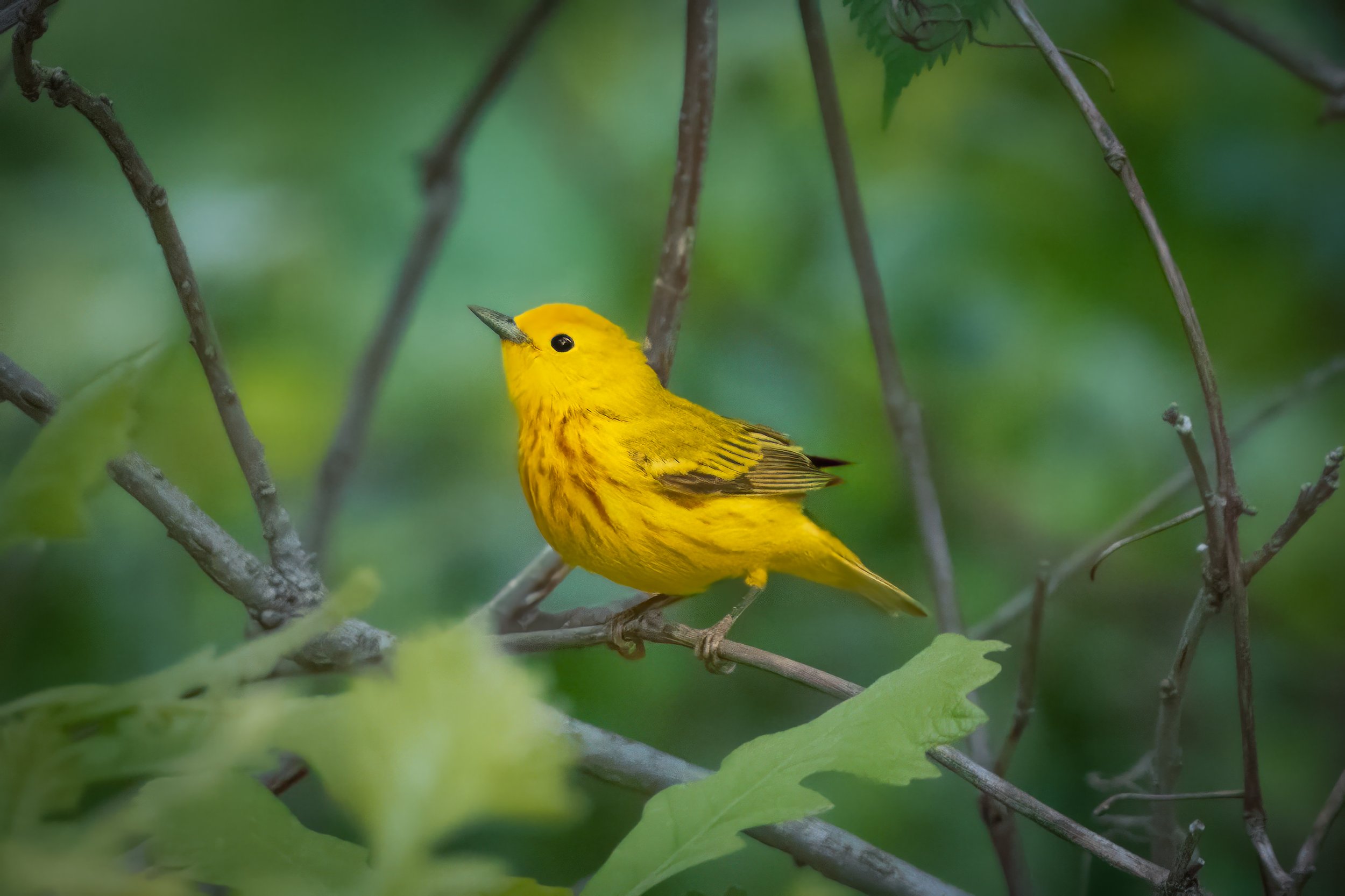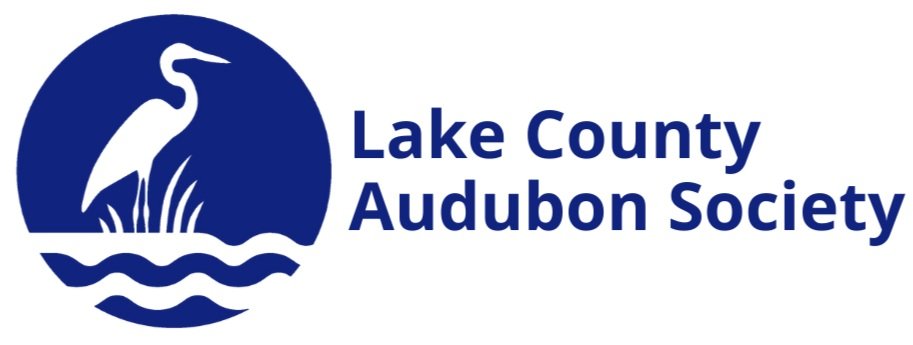
Breeding Bird Monitoring
Yellow Warbler, Christian Deme
Pileated Woodpecker, Carolyn Lueck
Bird Conservation Network (BCN), founded in 1998, is a coalition of over 20 conservation groups, including bird clubs, ornithological societies, and conservation organizations sharing an interest in the preservation of our local birds and the habitats they need to survive. Using scientific protocols, BCN volunteers monitor bird populations throughout the Chicago region during the breeding season and throughout the year. This data helps land managers improve habitat, helps researchers prioritize species of growing concern, and is a valuable gauge for the status of our natural areas as well as the success of local and regional restoration projects.
Every five to ten years a comprehensive analysis of Chicagoland bird trends is completed, which establishes the increase/decrease in bird status and conservation status for each Chicagoland breeding species. This data helps to establish regional, cross-agency actions to support species of concern. The last trends analysis was completed for the years 1999-2020.
HELP US MONITOR LAKE COUNTY BREEDING BIRDS
Becoming a BCN Survey monitor is one of the best ways that you can make a valuable contribution to birds in your area. In Lake County, we have about forty monitors in the field each June with most monitoring at forest preserve sites and the remainder at select other conservation sites. The monitoring reports are used by land managers to help understand the successes and issues associated with current land management practices.
Bird monitors with responsibility for a particular site:
You can contribute your sightings simply by visiting a site at least two times in June and following BCN Survey protocols to count birds there. Some land managers may ask for additional visits, and birders are also encouraged to optionally visit their site(s) during other seasons to track migrant and wintering birds.
Monitors should have experience identifying the expected breeding birds at their points by both sight and sound. Birding by ear is critical as in most areas a species may be heard but not observed due to thick foliage. By general rule, a birder should have about at least three years of experience with field identification of birds in the Illinois area.
(Note: the BCN Survey is not a good way for beginning birders to sharpen their skills. Birders who are not confident of their identification skills, but still wish to contribute, can apprentice with a more experienced birder.)Monitors are encouraged to start as close to sunrise as possible. During the month of June, sunrise ranges from 5:15 a.m. to 5:19 a.m. Surveys should be completed by 9:00 a.m. at the latest. Bird activity will drop off considerably after about 7:00 a.m. or 7:30 a.m. on a warm day.
Monitoring will be similar to normal birding except you will stand still for five minutes at each point at your site to count all the birds you see and hear within a specific radius of where you are standing. Points are also often located out in the habitat rather than along a trail. The number of points you monitor will vary, but generally range between four and ten points.
Monitors record all birds seen or heard within the radius of the point count. Flyover birds should only be counted if they are below treetops and/or using the habitat within the point count circle.
Data is also entered using a special BCN Survey protocol in eBird.
Monitors must be able to safely go off-trail through vegetation and over uneven terrain.
Interested in Monitoring?
Contact the Lake County monitor coordinator, Charlotte Pavelka, at cpavelka4@gmail.com or visit the BCN website.

